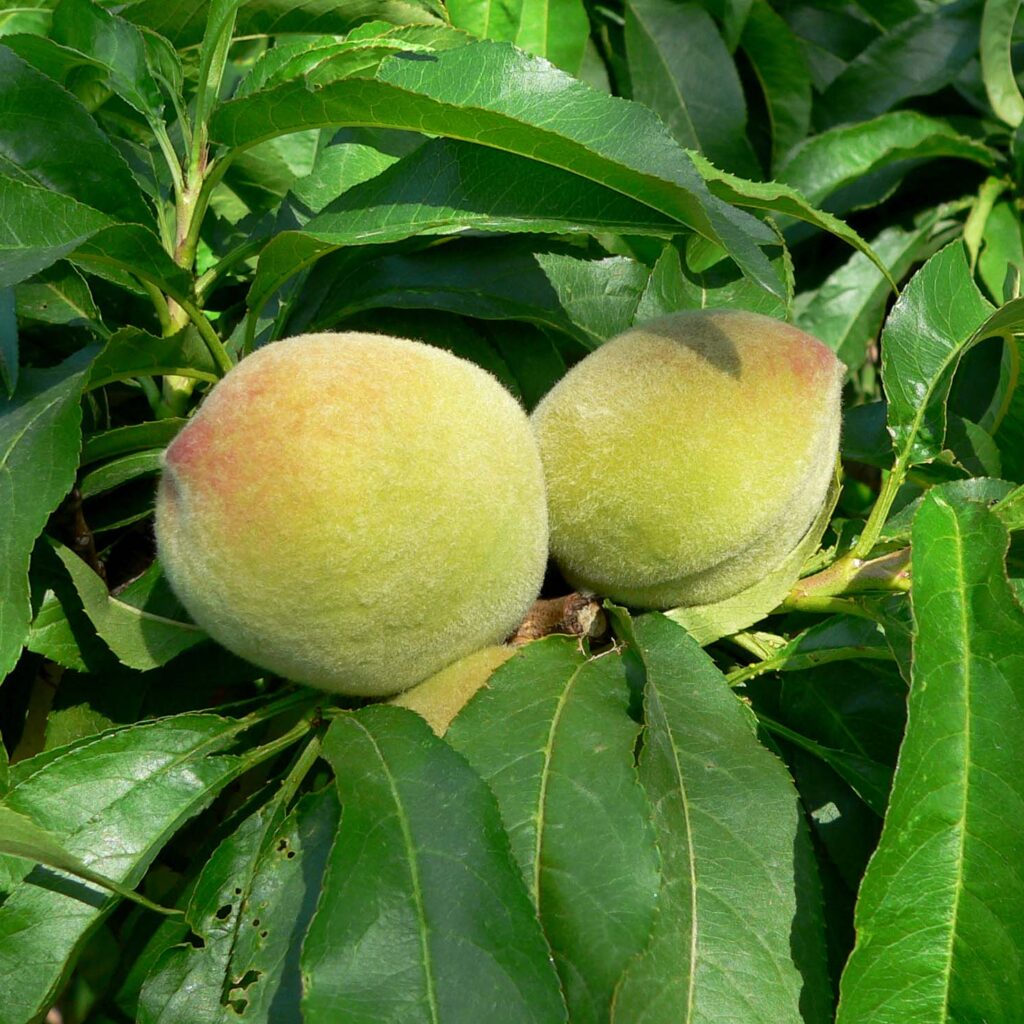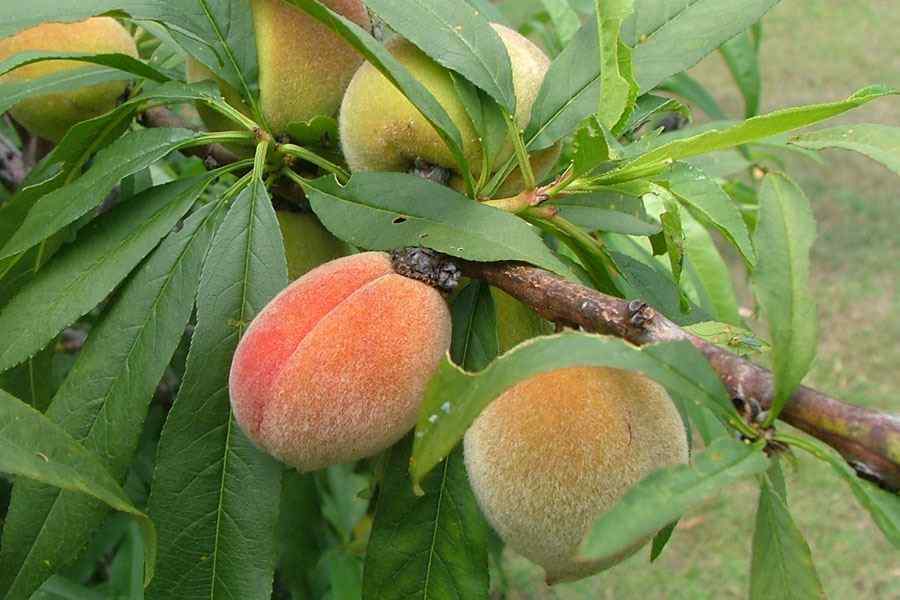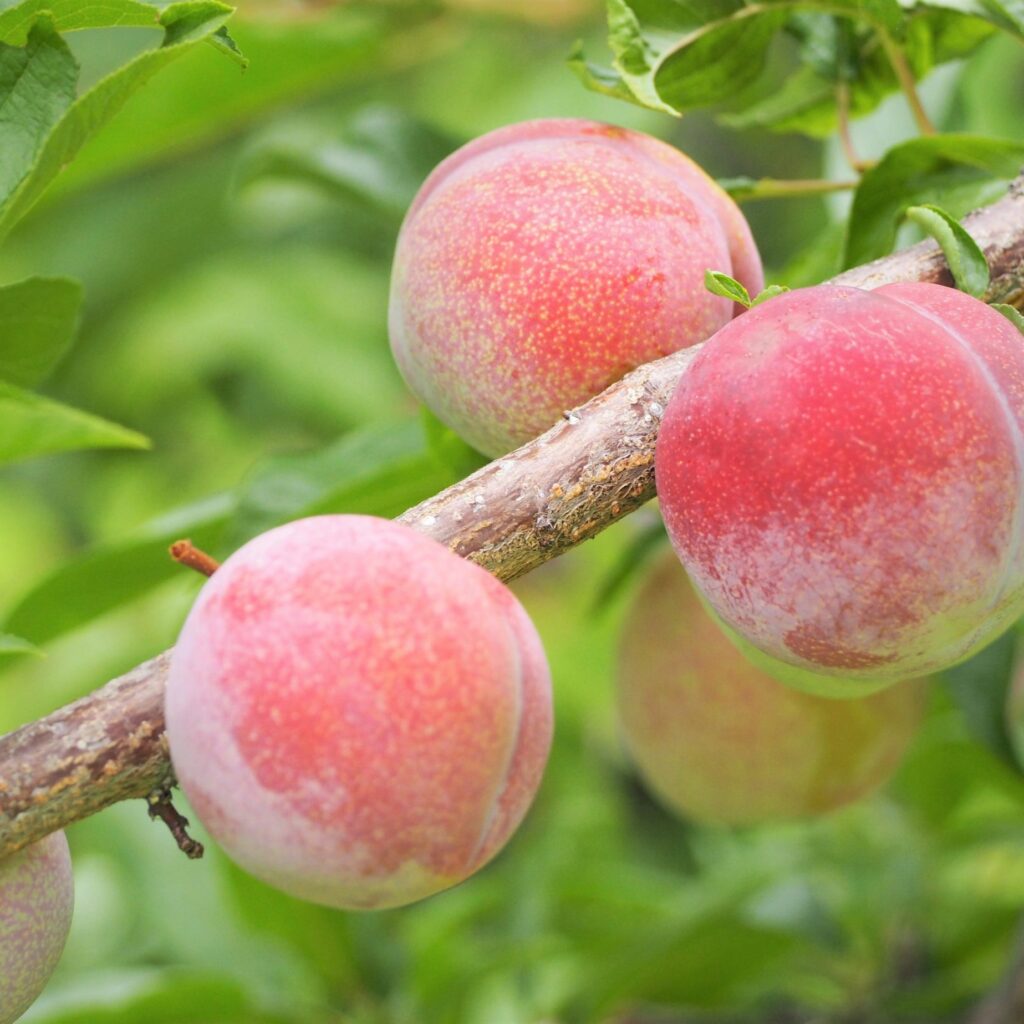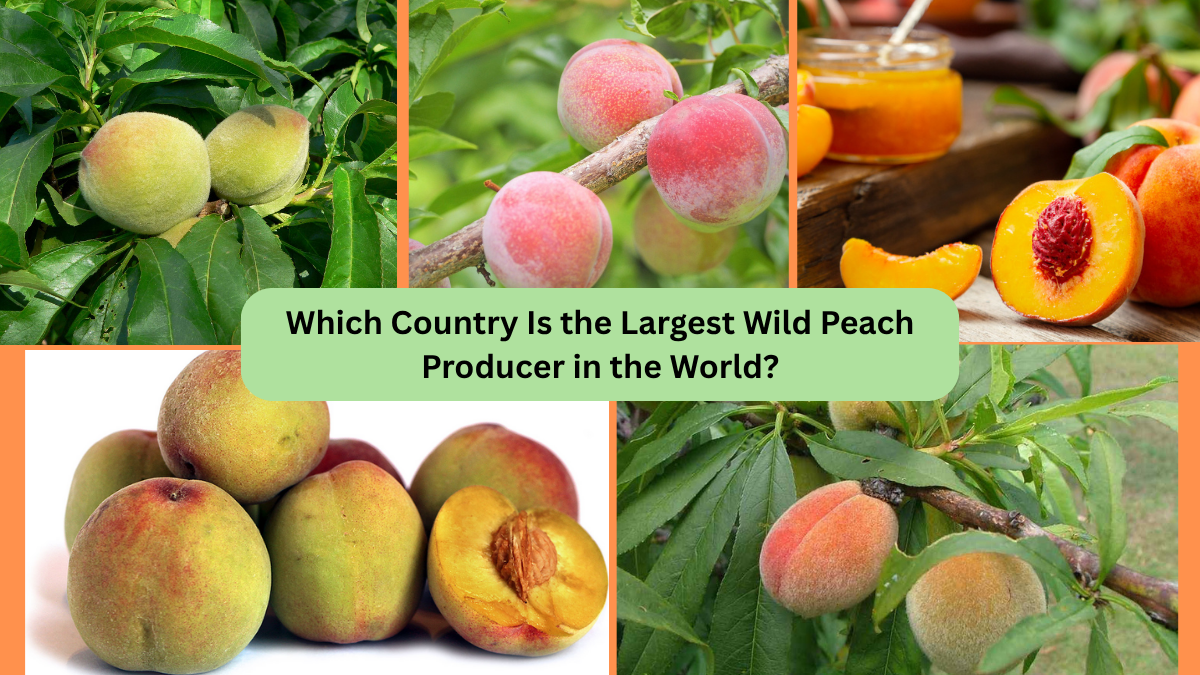The wild peach, known scientifically as Prunus persica var. davidiana, is a lesser-known yet culturally and ecologically significant fruit native to certain regions of Asia. Unlike its cultivated cousins found in grocery stores worldwide, the wild peach is appreciated for its hardiness, medicinal uses, and contribution to biodiversity. This article delves into the origins, uses, and ultimately identifies which country is the largest wild peach producer in the world.
What Is a Wild Peach?

Wild peaches differ notably from commercial peach varieties. They are generally smaller, have a tougher skin, and their flesh tends to be more tart or astringent. The trees are hardy, resistant to many pests and diseases, and often grow in the wild or along mountain slopes.
Wild peach trees serve not only as a fruit source but also play a role in traditional medicine, soil conservation, and as rootstock for commercial peach grafting.
Historical and Cultural Importance
The wild peach holds deep roots in ancient Chinese history, where it was revered for its resilience and medicinal value. Traditional Chinese medicine practitioners have long used parts of the tree—including its seeds, leaves, and bark—for treating various ailments.
In mythology, wild peach trees were considered symbols of longevity and protection against evil spirits.
The Largest Wild Peach Producer in the World: China

China is the largest producer of wild peaches in the world.
Why China Leads in Wild Peach Production
1. Natural Habitat:
The wild peach is native to China, particularly thriving in the mountainous regions of Hunan, Sichuan, Yunnan, and Shaanxi provinces.
2. Traditional Medicinal Demand:
Chinese herbal medicine extensively uses wild peach seeds (known as tao ren) for their purported benefits in promoting blood circulation and treating inflammation.
3. Agricultural Innovation:
China uses wild peach trees as rootstocks for cultivating commercial peach varieties due to their disease resistance and environmental adaptability.
4. Biodiversity Conservation:
Conservation projects in China actively protect and propagate wild peach trees to preserve genetic diversity crucial for future crop resilience.
Other Notable Wild Peach Producing Regions
While China dominates global wild peach production, a few other countries also cultivate and value this fruit:
Mongolia:
Wild peach trees grow naturally in Mongolia’s rugged terrains and are used for ecological purposes.
Korea:
South Korea cultivates wild peaches for traditional medicine and niche markets.
Japan:
Japan values wild peach varieties for ornamental purposes and limited medicinal use.
India (Northern Himalayas):
Wild peaches are occasionally found in the Himalayan foothills, contributing to local biodiversity.
Nutritional and Medicinal Benefits of Wild Peach

Wild peaches, though less palatable than cultivated varieties, offer several health benefits:
- Rich in Antioxidants: Protect against oxidative stress.
- Medicinal Seeds: Used in traditional medicine for improving circulation and treating pain.
- High Fiber Content: Supports digestive health.
- Vitamins and Minerals: Contains Vitamin C, Vitamin A, and potassium.
- Anti-Inflammatory Properties: Utilized in treating swellings and skin ailments.
Culinary and Other Uses
- Traditional Remedies: Seeds are ground into pastes or decoctions.
- Rootstock for Commercial Peaches: Enhances disease resistance and hardiness.
- Ornamental Trees: Admired for their beautiful pink blossoms.
- Wildlife Support: Fruit serves as food for birds and small mammals.
Economic Importance in China

Wild peach production in China, though modest compared to commercial peaches, holds significant economic value:
- Herbal Medicine Markets: Demand for wild peach seeds remains high.
- Agricultural Support: Essential for grafting high-value peach varieties.
- Ecological Projects: Used in reforestation and soil conservation programs.
- Rural Livelihoods: Wild peach harvesting provides supplementary income for communities in mountainous areas.
Challenges in Wild Peach Cultivation
- Overharvesting: Excessive collection of seeds threatens wild populations.
- Habitat Loss: Urban expansion and deforestation pose risks.
- Limited Commercial Interest: Low consumer demand for tart fruits restricts large-scale farming.
- Climate Vulnerabilities: Changes in rainfall and temperature affect natural growth patterns.
Future Prospects and Conservation Efforts

China recognizes the ecological and agricultural importance of wild peaches:
- Genetic Research: Ongoing studies to harness disease-resistant genes.
- Protected Reserves: Establishment of conservation areas in native habitats.
- Sustainable Harvesting Practices: Community-led initiatives promoting eco-friendly seed collection.
- Agroforestry Projects: Integrating wild peach trees into sustainable farming models.
Conclusion
China’s rich biodiversity, ancient traditions, and modern agricultural strategies have established it as the largest producer of wild peaches in the world. From mountain slopes to herbal markets, wild peach trees continue to play a vital role in the nation’s ecological, medicinal, and economic landscape.
While other countries like Mongolia, Korea, and Japan maintain smaller wild peach populations, none rival China’s scale or cultural connection to this resilient fruit. As awareness of biodiversity conservation and traditional remedies grows, the wild peach is poised to retain its cherished place in both natural forests and cultivated orchards across China.





